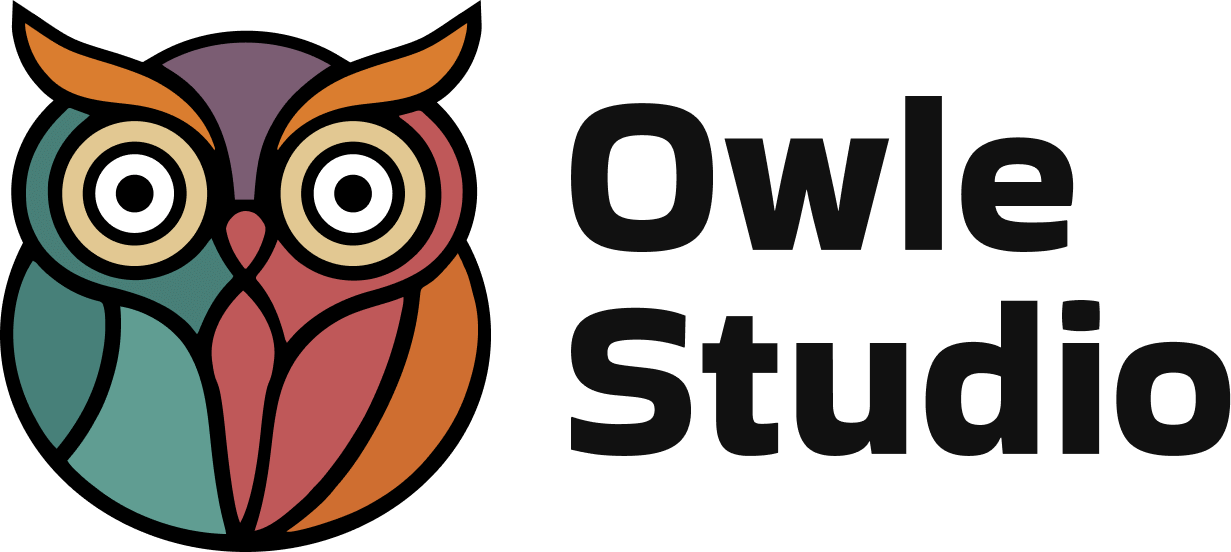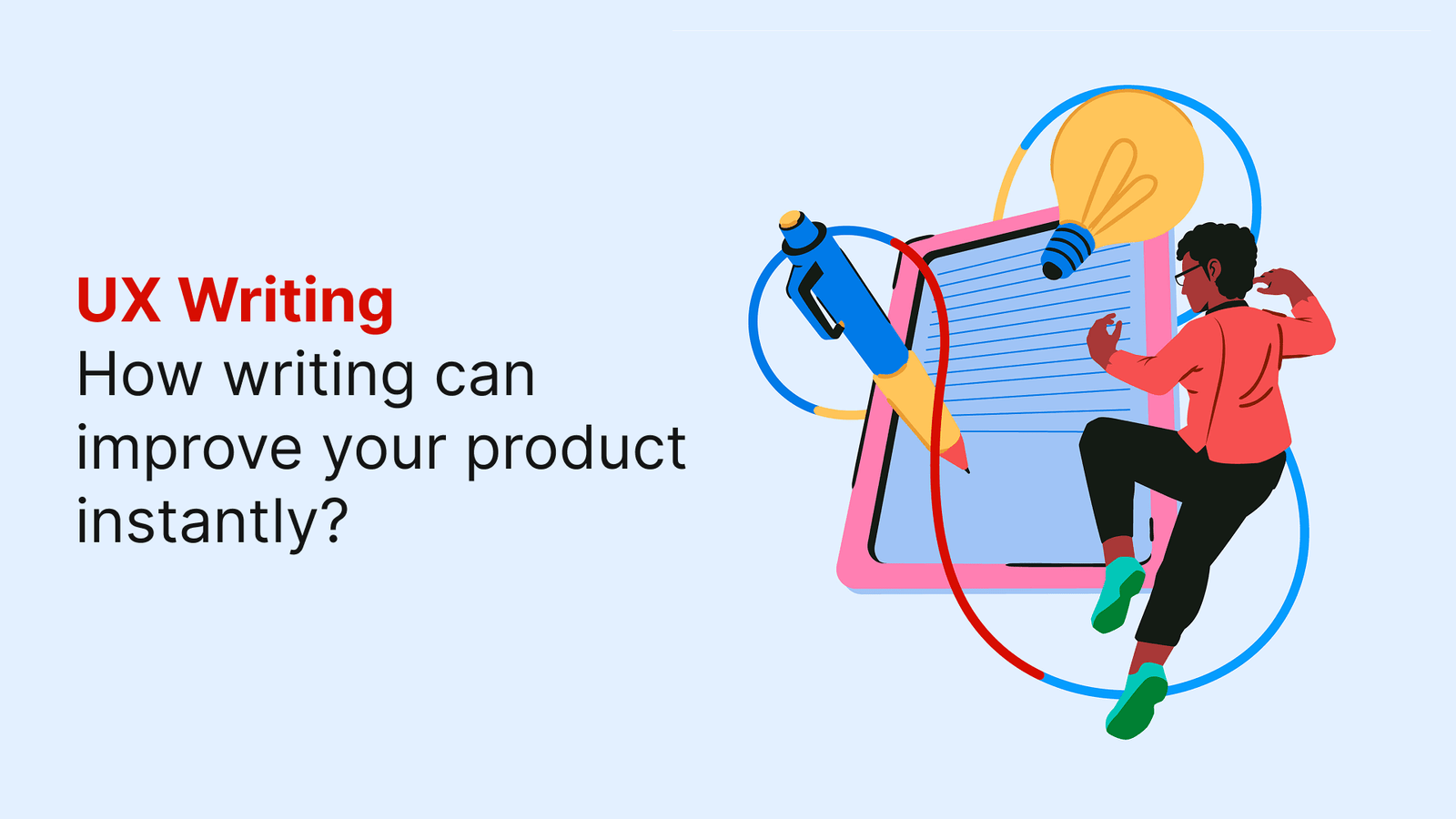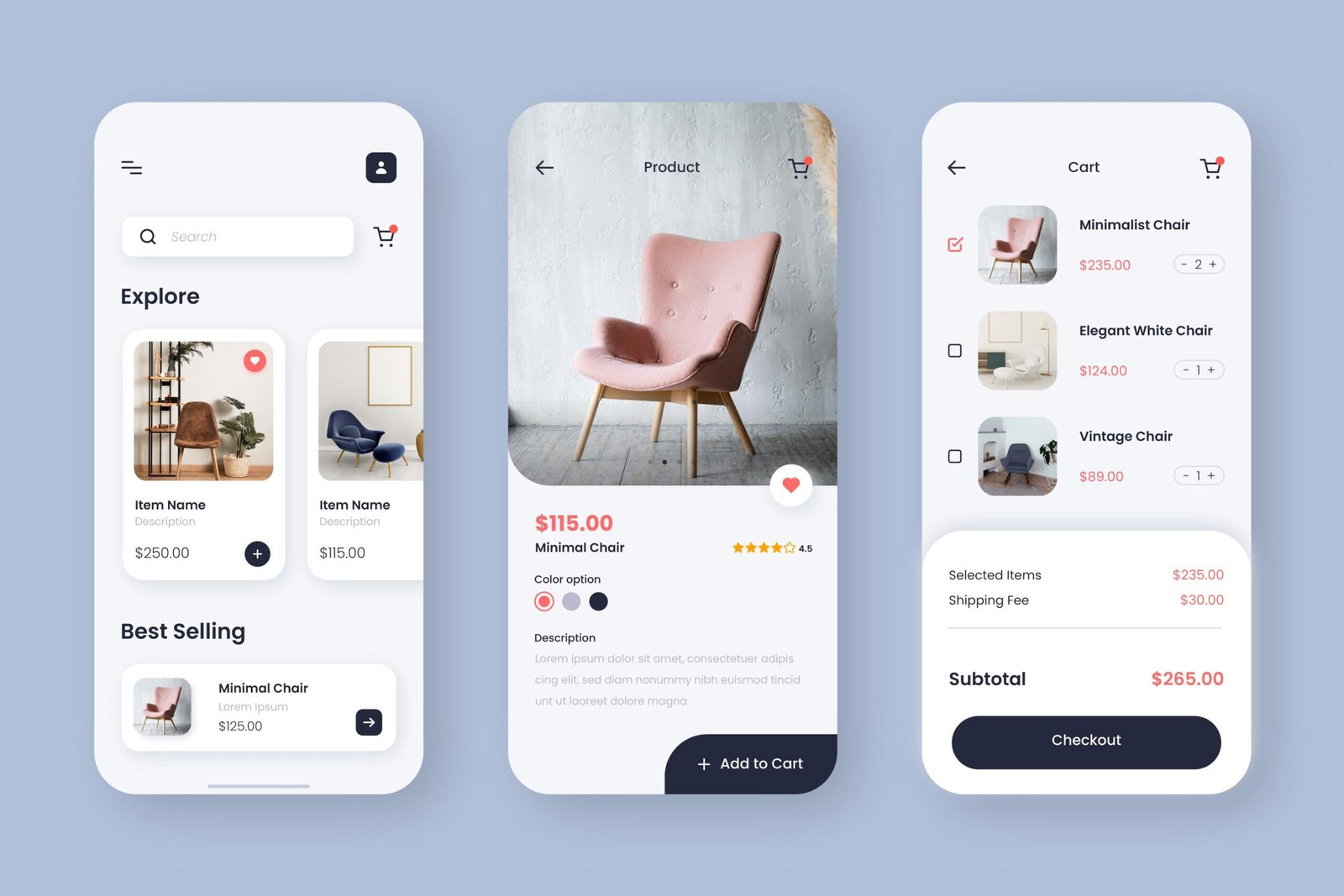Accessible design is the practice of designing products, devices, services, or environments that are inclusive and usable by people with a wide range of abilities. With the increasing number of people with disabilities using the internet, it is crucial for designers and developers to consider accessibility in their work. In this blog, we will explore the principles of accessible design, the benefits it brings to users, and practical tips for creating accessible digital experiences.
Accessibility design, also known as inclusive design, is the practice of designing products and services that can be used by people with disabilities. This includes people with visual, auditory, motor, and cognitive impairments. Accessibility design is important not only for people with disabilities but also for the elderly and people with temporary disabilities such as a broken arm or hand. In addition, it also benefits people who are using small screens or accessing content in different languages.
Accessibility design is very important not only from a moral and ethical perspective, but also from a business perspective, as it allows you to reach a wider audience and create a more inclusive digital environment. Accessibility design is an ongoing process, and it’s important to test and validate the accessibility of a product or service with real users. This can be done by conducting user research and testing with users who have disabilities and adjusting as needed based on their feedback.
One of the main benefits of accessibility design is that it leads to better usability for all users, not just those with disabilities. For example, a website that is designed to be accessible to people with visual impairments may also be easier to use for people with poor vision. This is because accessibility design often focuses on creating clear and simple navigation, providing feedback and guidance, and using clear and simple language.
Another benefit of accessibility design is that it can help organisations reach a wider customer base and increase their market potential. This is because by designing products and services that are usable by as many people as possible, organisations can attract and retain more customers. Additionally, accessibility design can save money in the long run, as it is often cheaper to make a product or service accessible at the design stage than to retrofit it later.
Accessibility design is also important for organisations because it can help them comply with legal requirements. Many countries have laws that require organizations to make their products and services accessible to people with disabilities, and accessibility design can help organisations comply with these laws.
Benefits of Accessibility Design
- Increased accessibility for people with disabilities: Accessibility design ensures that people with disabilities can use and access products, environments, and systems just as easily as people without disabilities.
- Improved usability for everyone: Accessibility design often leads to better usability for all users, not just those with disabilities. For example, a mobile app or a website that is designed to be accessible to people with visual impairments may also be easier to use for people with poor vision.
- Greater market potential: By designing products and services that are usable by as many people as possible, companies and organizations can reach a wider customer base and increase their market potential.
- Compliance with legal requirements: Many countries have laws that require organizations to make their products and services accessible to people with disabilities, and accessibility design can help organizations comply with these laws.
- Cost savings: Implementing accessibility design can save money in the long run, as it is often cheaper to make a product or service accessible at the design stage than to modify it later.
However, despite its many benefits, accessibility design is often overlooked by organizations. This is often because organizations do not realize the importance of accessibility design or because they do not understand how to implement it.
Principles of Accessibility Design
Accessibility design is a holistic approach to designing products and services that can be used by a wide range of users, including those with disabilities. It involves considering the needs and abilities of all users and designing solutions that are flexible and adaptable to different users’ needs.
Key Principles:
- Perceivable: Information and user interface components must be presented in a way that users can perceive, such as through text alternatives for non-text content and captioning for video.
- Operable: User interface components and navigation must be operable by a wide range of users, including those with motor, visual, and cognitive impairments.
- Understandable: Information and the operation of user interface must be understandable, including through clear and simple language and consistent navigation.
- Robust: Accessibility must be robust enough to work with a wide range of assistive technologies and user abilities.
- Inclusive: Accessibility should be inclusive, considering the needs of a diverse population of users, including those with disabilities and older adults.
How to Approach Accessibility in Product Design
When approaching accessibility in product design, it is important to incorporate accessibility early in the design process. This means that accessibility should be considered at the same time as other design elements, such as layout and colour scheme. By incorporating accessibility early in the design process, organisations can ensure that the product is usable for people with disabilities from the outset, rather than trying to retrofit accessibility later.
Conducting user research is another key aspect of accessibility design. User research with people with disabilities can help organizations understand their needs and preferences. This can help ensure that the design meets the needs of the intended users and that the product is usable for people with disabilities.
Another important aspect of accessibility design is following accessibility guidelines. These guidelines, such as the Web Content Accessibility Guidelines (WCAG) and the Americans with Disabilities Act (ADA), provide organizations with a set of standards that they can follow to ensure that their products and services are accessible to people with disabilities.
Testing with assistive technologies is also an important part of accessibility design. Assistive technologies, such as screen readers, can help organisations understand how their products and services will be used by people with disabilities. This can help organizations identify any accessibility issues that need to be addressed and make the necessary changes to improve the usability of their products and services for people with disabilities.
Practical Examples of Accessibility Design
- Text alternatives: Providing text alternatives for non-text content, such as images and videos, makes them accessible to users who are visually impaired. This can be achieved by using alt text, captions, and audio descriptions.
- Keyboard navigation: Designing websites and applications that can be navigated using just a keyboard allows users who are unable to use a mouse to access the content.
- Colour contrast: Ensuring that the contrast between text and background is high enough to be easily read by users who are visually impaired. This can be achieved by using colour contrast checkers and following the guidelines provided by WCAG.
- Audio and video: Providing captions and audio descriptions for videos and podcasts allows users who are deaf or hard of hearing to understand the content.
- Screen readers: Designing web pages and applications that can be read by screen readers allows users who are visually impaired to access the content. This can be achieved by using ARIA (Accessible Rich Internet Applications) attributes, which provide extra information about the roles and states of elements on a web page.
- Zoom and font size: Allowing users to increase the font size and zoom in on a web page allows users with visual impairments to read the content more easily.
- ARIA: A set of attributes that can be used to describe the roles and states of elements in a web page, allowing assistive technologies to better understand the content.
Building an Inclusive Design Culture
Being inclusive and flexible is also important when approaching accessibility design. This means that organisations should consider the needs of all users, including those with disabilities. They should be flexible and open to change, be ready to receive feedback and adjust the design accordingly.
Collaborating with accessibility experts is another important aspect of accessibility design. Accessibility experts, such as accessibility engineers, user researchers, and designers, can provide organisations with guidance and expertise on accessibility best practices. They can help organisations understand the needs of people with disabilities and provide them with the necessary tools and resources to create accessible products and services.
In order to fully implement accessibility design, organisations must also consider the different types of disabilities and how they affect the use of their products and services. For example, people with visual impairments may require larger text or high contrast colours, while people with mobility impairments may require larger buttons or alternative input methods. Another crucial aspect of accessibility design is providing alternatives for non-text content, such as images and videos. This can include providing text descriptions of images, captions for videos, and audio descriptions for visual content. This ensures that non-text content is accessible to people with visual impairments.
It’s also important to keep in mind the context of use when designing for accessibility. This means considering the environment in which the product or service will be used, such as in a public space or a private home and designing accordingly. For example, a public display in a train station may need to have audio announcements for the visually impaired, while a home appliance may need to have buttons with Braille labelling for the visually impaired.
Conclusion
Accessibility design is essential for creating products and services that are usable by as many people as possible. It leads to better usability for all users, increased market potential, compliance with legal requirements, and cost savings. Organizations must incorporate accessibility early in the design process, conduct user research, follow accessibility guidelines, test with assistive technologies, be inclusive and flexible, collaborate with accessibility experts, and consider the different types of disabilities and the context of use.
It’s important for companies to understand that accessibility is not just a bonus but a necessary aspect of design that should be considered throughout the entire design process. It’s not only a legal obligation but also a way to ensure that everyone has access to the same opportunities and resources. With the right approach and dedication, accessibility design can be easily integrated into the design process and ultimately lead to a more inclusive and equitable society.
Accessibility should not be seen as an afterthought or a compliance checkbox. Instead, it should be embedded in every step of product development – from ideation and wireframes to final deployment and updates. Embracing accessibility fosters innovation, reflects empathy, and demonstrates a brand’s commitment to serving all people equally. In the end, accessible design is simply good design





